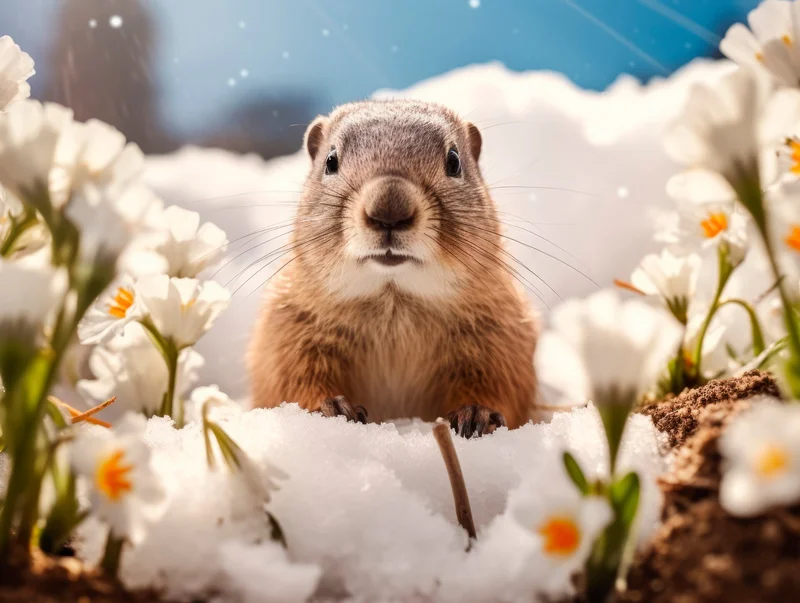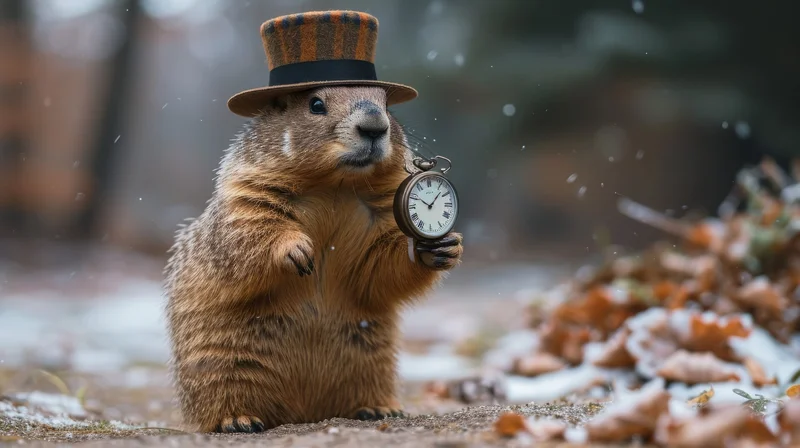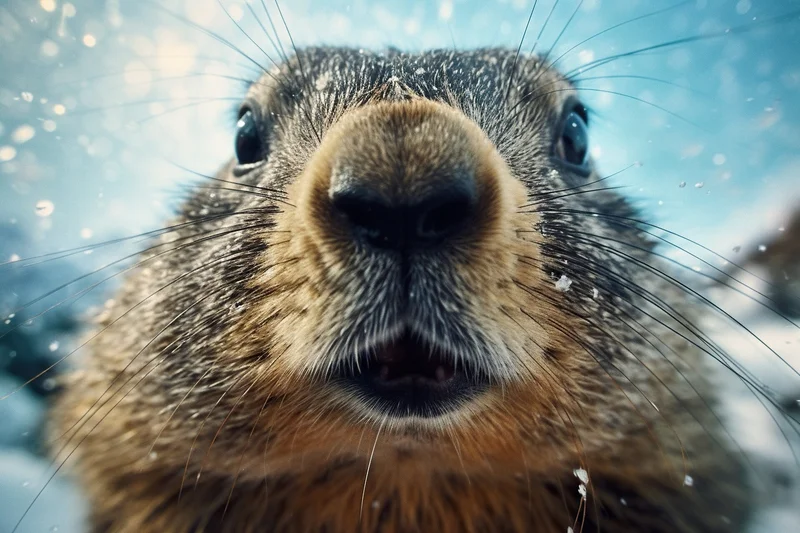Groundhog Day: what kind of holiday is it and where is it celebrated?

Photo source: 123rf.com
The curious tradition of this day is not something new, but a custom of past years, attributed to various origins related to changes in climatology.
You've probably heard about one day a year when a cute little animal who loves to sleep becomes the main character. We are talking about Groundhog Day, a special day that is celebrated on February 2 in different parts of the world, especially in the United States and Canada. The curious tradition of this day is not something new, but a custom of past years, attributed to various origins related to changes in climatology.
What is Groundhog Day?
Groundhog Day is celebrated in February, namely every February 2nd. Although spring is still quite far away, a tradition has arisen to find out how much is left until the end of winter with the help of a groundhog, who must crawl out of his bunk to make the long-awaited prediction.
After sunrise, numerous witnesses closely watch the groundhog emerge from its hole. Then there are two options for the development of events. The first option: if the day is cloudy, the groundhog looks out, does not see his shadow and definitely crawls out of his hole, and in this case it is believed that warm weather is about to come and early spring will come. The second option is that the bright sun is shining, and the groundhog, seeing its shadow, gets scared of it and returns to its hole. In this case, it is assumed that there are still six long weeks of winter ahead.
Groundhog Day. Photo source: 123rf.com
Origin of Groundhog Day
Groundhog Day falls on the date that coincides with the Winter Solstice and Spring Equinox. The days are getting a little longer, frosts are less common, and there is a desire to find out how long the winter cold will last.
In this sense, the origins of this centuries-old tradition go back to the arrival of the first settlers, mainly Irish and Germans, to North America, who already in their homeland observed the behavior of animals such as hedgehogs hibernating in winter and emerging from their burrows when winter was coming to an end.
The fact that these animals emerged from their burrows and did not return to their shelters was considered a sign of good weather, which was especially important for farmers who were planning when to start planting. The European hedgehog is exchanged for the American marmot, but for the same purpose: to predict future weather.
In addition, Groundhog Day coincides with the religious celebration of Candelaria Day, a date when in the Middle Ages the Church distributed lighted candles to parishioners to ward off the darkness of winter. That day they also watched the sky and said that if it was cloudy and rainy, there would be little winter, but if the main character was the sun, winter would still retain its position.
It is unknown whether the tradition has a scientific basis, although it is difficult to argue with the fact that nature is wise. And, perhaps, if the animal returns to its hole, this really means that the cold is not over yet. However, the groundhog is said to have an accuracy rate of around 40%, and some claim that this predictive ability is even greater than 90%.
Marmot. Photo source: 123rf.com
Where is Groundhog Day celebrated?
Groundhog Day is celebrated mainly in the United States and Canada. It is believed that the first official celebration took place in Punxsutawney, Pennsylvania, on February 2, 1887, and that the groundhog was named Phil, a name inherited by his successors.
Nowadays, the village, where many curious people flock, maintains the tradition by trying to determine the best time to start planting, but this is not the only place, as there are many American villages, especially on the east coast, as well as Canadian communities in the Bruce County (Ontario) area. , where they join in the celebration every year.